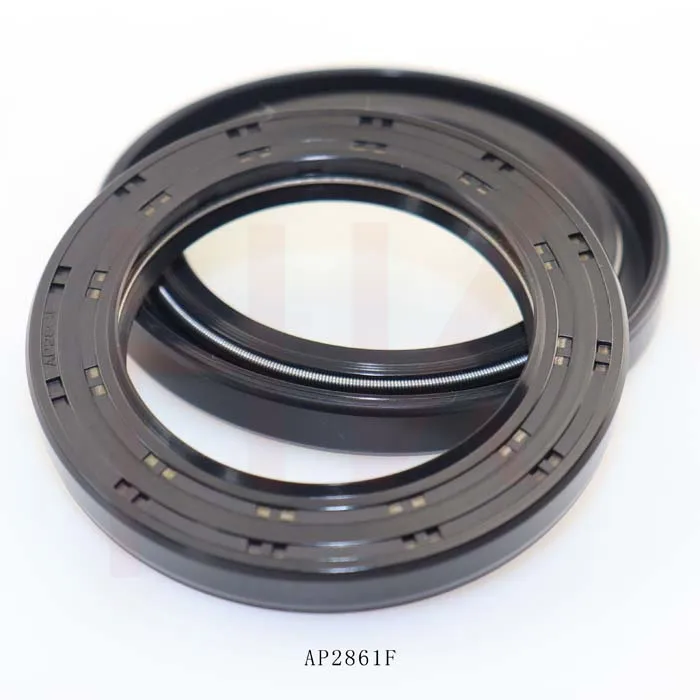Nov . 10, 2024 10:27 Back to list
Rubber Wiper Seal for Enhanced Performance and Durability in Various Applications
Understanding Rubber Wiper Seals Essential Components for Sealing Solutions
Rubber wiper seals are integral components utilized in a wide array of mechanical systems, especially in applications that require reliable sealing to prevent contaminants from entering or lubricants from leaking out. These seals are typically made from a variety of rubber compounds, designed to withstand different environmental conditions, which positions them as critical components in automotive, aerospace, industrial machinery, and household appliances.
What are Rubber Wiper Seals?
Rubber wiper seals are designed to wipe away contaminants while also providing a reliable seal to protect critical system components. Their primary function is to prevent dirt, dust, or any other external particles from entering a mechanical assembly. Typically, they are found in systems where motion occurs, such as hydraulic cylinders, rotating shafts, and even pneumatic systems. The name wiper signifies their active role in 'wiping' the surfaces to ensure a clean seal.
Applications of Rubber Wiper Seals
1. Automotive Industry In vehicles, rubber wiper seals are often employed in the suspension systems, where they protect shock absorbers and struts from dust and moisture. They also play a vital role in the operation of power steering systems and as dust covers in various engine components.
2. Industrial Machinery In manufacturing machinery, wiper seals are used to protect hydraulic systems from contamination, which is essential for maintaining operational efficiency and prolonging equipment life. These seals help ensure that hydraulic fluid stays contained within the system, while also preventing the ingress of damaging particles.
3. Aerospace The aerospace industry deploys rubber wiper seals in numerous applications, including landing gear systems and control surfaces. Given the need for high reliability and the ability to withstand extreme conditions, aerospace-grade wiper seals are crafted from specialized rubber compounds.
4. Household Appliances In everyday appliances like washing machines and dishwashers, rubber wiper seals are used to keep water contained and ensure efficient operation. These seals prevent leaks and protect sensitive electronic components from moisture damage.
rubber wiper seal

Properties of Rubber Wiper Seals
The effectiveness of rubber wiper seals stems from their material composition and design. Most seals are made from synthetic rubbers such as Nitrile (Buna-N), Neoprene, or Polyurethane, which offer excellent resistance to wear, heat, ozone, and oils. Furthermore, the design of a wiper seal typically features a lip that creates a tight seal against a surface while providing the necessary wiping action.
The choice of material and design depends on several factors, including the temperature range, chemical compatibility, and the specific environmental conditions the seal will encounter. For instance, seals operating in high-temperature environments may require silicone rubber, while seals exposed to aggressive chemicals may necessitate fluorocarbon materials.
Installation and Maintenance
Proper installation is crucial for the effective performance of rubber wiper seals. It is essential to ensure that the sealing surfaces are clean and free from any debris that could compromise the seal's integrity. During installation, one must also avoid over-compression, which can lead to premature wear or failure of the seal.
Regular inspection and maintenance are essential to guarantee the longevity and effectiveness of rubber wiper seals. Looking for signs of wear, such as cracks or tears, and addressing potential issues before they become a problem can save time and resources in the long run.
Conclusion
Rubber wiper seals are vital components that play a significant role in various industries, helping to enhance the durability and reliability of machinery and equipment. By preventing contamination and providing effective sealing solutions, these seals contribute to operational efficiency and longevity in mechanical systems. Understanding their importance, properties, and proper maintenance will lead to better performance and extended lifespan in applications that rely heavily on their functionality. As technology evolves, so too will the design and materials used in rubber wiper seals, ensuring that they continue to meet the demands of modern engineering.
-
TCN Oil Seal Metal Ring Reinforcement for Heavy Machinery
NewsJul.25,2025
-
Rotary Lip Seal Spring-Loaded Design for High-Speed Applications
NewsJul.25,2025
-
Hydraulic Cylinder Seals Polyurethane Material for High-Impact Jobs
NewsJul.25,2025
-
High Pressure Oil Seal Polyurethane Coating Wear Resistance
NewsJul.25,2025
-
Dust Proof Seal Double Lip Design for Construction Equipment
NewsJul.25,2025
-
Hub Seal Polyurethane Wear Resistance in Agricultural Vehicles
NewsJul.25,2025
-
The Trans-formative Journey of Wheel Hub Oil Seals
NewsJun.06,2025
Products categories
















